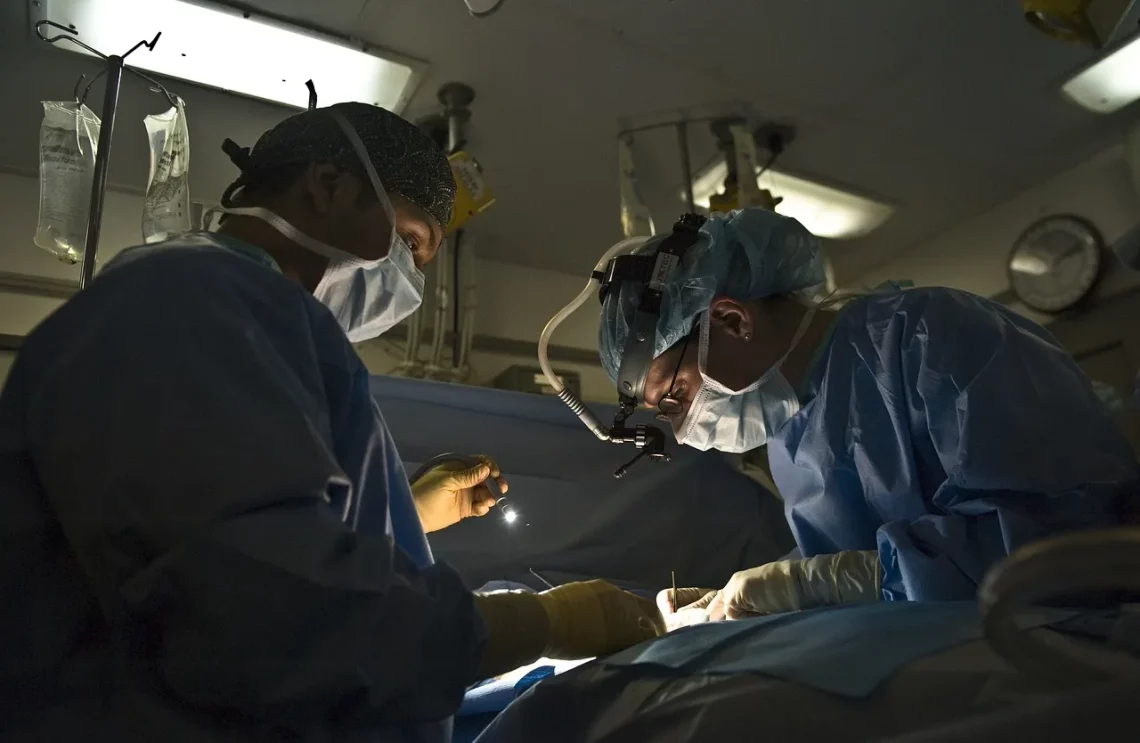
Stunning Pictures of Lipoma Surgery and Recovery Process
Lipomas are benign tumors made of fatty tissue that can develop anywhere in the body. While they are generally harmless, many individuals seek surgical removal due to discomfort, cosmetic reasons, or concerns about diagnosis. The surgery itself is often straightforward and performed on an outpatient basis, leading to a quick recovery. However, the process involves several stages, from pre-operative consultations to post-operative care, and each step can be visually captivating.
The journey of lipoma surgery reveals not only the medical expertise involved but also the resilience of the human body during recovery. From the initial consultation to the final follow-up appointment, patients often experience a rollercoaster of emotions. Understanding the intricacies of the surgery, the techniques used, and the healing process sheds light on why such procedures can be both fascinating and educational. As we explore stunning pictures of lipoma surgery and the recovery process, we gain insight into what patients can expect and how they can prepare for a smooth surgical journey.
Understanding Lipoma: Causes and Symptoms
A lipoma typically forms when fat cells grow in a lump beneath the skin. They can occur in various body parts, including the arms, legs, back, and neck. While the exact cause of lipomas remains unclear, genetics and other potential factors may play a role in their development. For instance, individuals with a family history of lipomas are more likely to develop these benign tumors.
Symptoms of a lipoma are generally mild. Most lipomas are soft to the touch, moveable, and painless, which is why many people may not even notice them until they become larger or are discovered during a routine check-up. However, in some cases, a lipoma can press against nerves or other tissues, leading to discomfort. This can prompt individuals to seek medical advice and consider surgical options.
When discussing lipomas, it’s essential to note that they are not cancerous and do not pose a significant health risk. However, the desire for removal often stems from aesthetic concerns or the desire to alleviate any potential discomfort. Patients may be surprised to learn that lipomas can grow slowly over time and that multiple lipomas can develop simultaneously in some individuals.
Ultimately, understanding the characteristics and symptoms of lipomas can help demystify the condition, encouraging individuals to seek the appropriate medical advice. Awareness is key, as knowing when to consult a healthcare professional can lead to timely intervention and peace of mind.
The Surgical Procedure: What to Expect
Lipoma removal surgery is generally a simple outpatient procedure. It typically involves local anesthesia, ensuring that patients are comfortable during the operation. Surgeons usually make a small incision over the lipoma, then carefully remove the fatty tissue. The procedure can take anywhere from 15 minutes to an hour, depending on the size and location of the lipoma.
Before the surgery, patients often have a consultation with their healthcare provider. This meeting allows for a thorough discussion of the procedure, potential risks, and recovery expectations. It’s also an opportunity for patients to ask questions and address any concerns they may have.
During the operation, the surgeon will take care to minimize scarring and ensure proper removal of the lipoma. Visual documentation of the surgery is not uncommon, as it can be valuable for educational purposes. These stunning pictures often showcase the precision and skill required for such procedures.
Post-surgery, patients may experience some swelling and tenderness at the incision site, but these symptoms are typically manageable with over-the-counter pain medication and proper care. Surgeons often provide specific aftercare instructions, including keeping the area clean and monitoring for any signs of infection.
It’s crucial for patients to follow these guidelines to ensure a smooth recovery. Regular follow-up appointments may also be necessary to monitor the healing process and remove stitches if applicable. Understanding what to expect during the surgical procedure can help alleviate anxiety and prepare individuals for the experience.
Recovery Process: Healing After Surgery
The recovery process following lipoma surgery is generally swift, allowing patients to return to their daily activities within a few days. However, it’s important to recognize that individual recovery times can vary based on factors such as the size of the lipoma, the surgical technique employed, and the patient’s overall health.
In the initial days post-surgery, patients may experience some discomfort, which is normal. Surgeons usually advise patients to rest and avoid strenuous activities, particularly heavy lifting, for at least a week. This period allows the body to heal effectively and reduces the risk of complications.
During recovery, patients are encouraged to monitor the incision site for any signs of infection, such as increased redness, swelling, or discharge. Following proper wound care instructions is paramount at this stage. Keeping the area clean and dry will contribute significantly to a successful recovery.
Emotional and psychological aspects of recovery should also be acknowledged. Patients may have mixed feelings about their appearance, especially if the lipoma was large or in a visible area. Support from friends, family, or even online communities can be beneficial during this time. Engaging in light activities, such as walking, can also promote healing while improving mood.
Ultimately, the recovery process is a time for healing both physically and emotionally. Patients should embrace this period as an opportunity to focus on self-care and well-being.
Preventing Future Lipomas: Tips for Maintaining Skin Health
While there is no guaranteed way to prevent lipomas, several strategies may help maintain overall skin health and potentially reduce the likelihood of developing new ones. A balanced diet, rich in vitamins and minerals, supports skin integrity and overall well-being. Incorporating omega-3 fatty acids, antioxidants, and fiber into the diet can contribute to better skin health.
Regular exercise is also crucial for maintaining a healthy weight and promoting blood circulation, which can aid in skin regeneration. Staying hydrated by drinking plenty of water helps to keep the skin elastic and nourished.
Additionally, avoiding excessive sun exposure and protecting the skin with sunscreen can prevent damage that might contribute to skin issues.
For those who have a family history of lipomas or have experienced multiple lipomas themselves, regular check-ups with a healthcare provider can be beneficial. Early detection and monitoring can provide peace of mind and allow for timely interventions if new lipomas develop.
In conclusion, while lipomas are typically benign, understanding how to care for your skin and body can be an important aspect of overall health. By adopting healthy habits, individuals can take proactive steps towards maintaining their skin’s integrity.
**Disclaimer:** This article is for informational purposes only and does not constitute medical advice. For any health concerns or questions regarding lipomas or other medical conditions, please consult a qualified healthcare professional.




